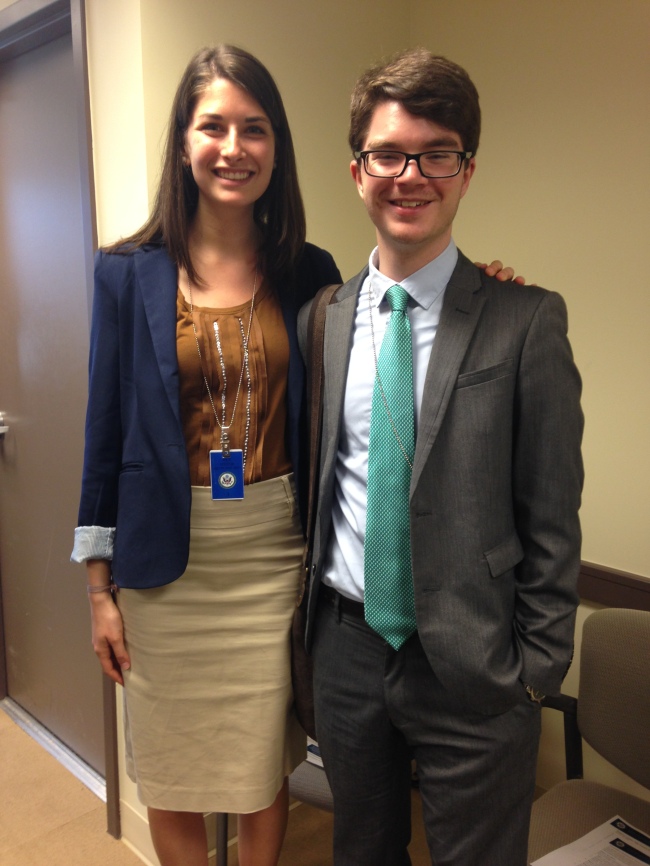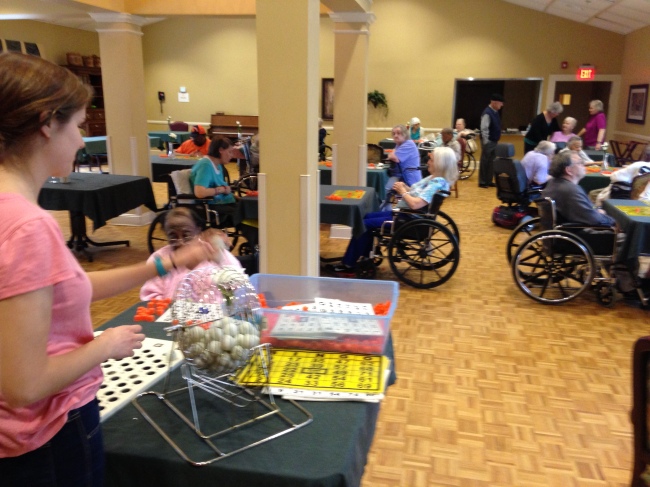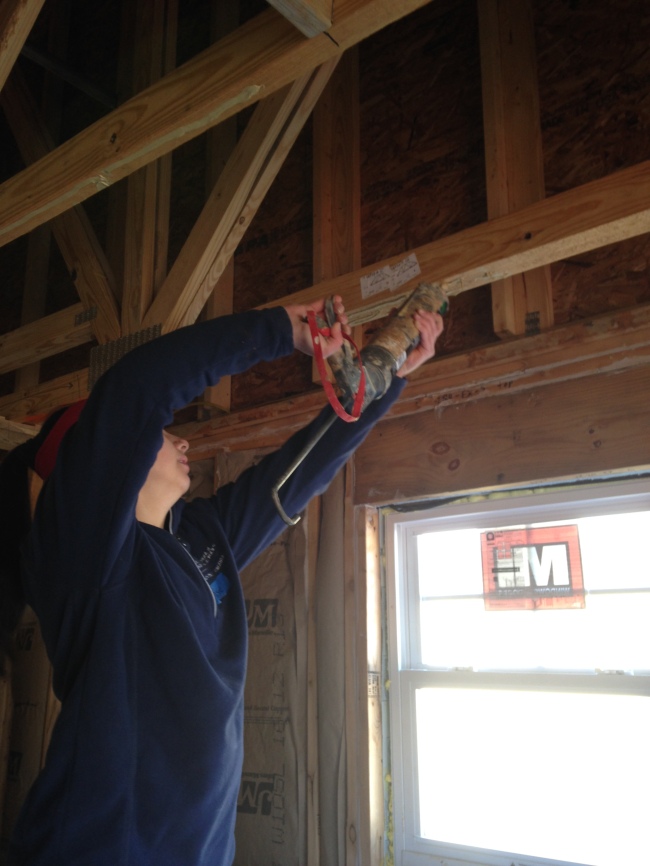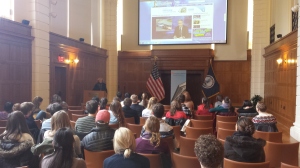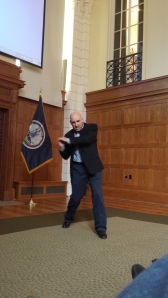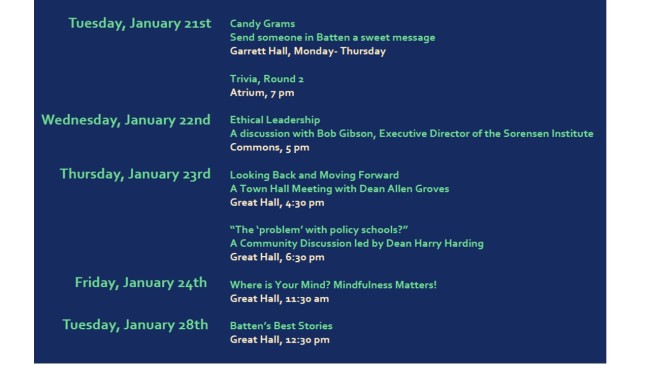Blog post by Caitlin Connolly, Emily Laser, and Elena Weissmann, MPP 2014, in participation with Prof. Converse’s Negotiations Class.
Current Situation: Gridlock, Stalemate, and Priorities
Immigration policy and the gridlock immobilizing its reform is a contentious problem facing the United States. Making progress on this issue quickly and effectively is in the United States’ best interest because the current situation is politically and financially unsustainable. While not everyone can agree on the solution, citizens and policymakers agree there is a problem with our current immigration system. Republicans are concerned about security risks, legality, and American job stability. Democrats are more concerned with maintaining inclusiveness and the “American Dream” through rhetoric and policy. Given these highly distinctive goals and the deeply held values they represent, policymakers must reframe the debate. Moving away from zero-sum partisan rhetoric is necessary to agree on mutually beneficial solutions and make progress on the immigration issue.
Current U.S. immigration policy prioritizes the following: family based immigration (allowing 480,000 visas per year), employment-based immigration (allowing 140,000 visas per year), refugee and asylees (allowing 70,000 visas per year), and diversity (allowing 55,000 visas for randomly selected people from low-immigration countries). With over 11 million illegal immigrants presently residing in the U.S. due to restrictions on their legal entry, these minimal caps are not meeting the demand of potential immigrants. In addition, the U.S. has prioritized family ties over other potentially beneficial categories such as skilled workers who could boost the U.S. economy by taking unfilled jobs and increasing GDP. If policymakers were to pass comprehensive immigration reform, GDP would increase by $1.4 trillion, total American income would increase by $791 billion, and would add $184 billion in state and federal taxes.
So far the immigration debate has centered around illegal immigration and border security, and has made no progress towards significant reform in the past two administrations.
For decades, members of Congress have considered various reforms to the immigration system, with even the most promising legislation failing due to partisan gridlock. But money talks. The U.S. spends more on the immigration system than on all other forms of federal law enforcement combined, and both sides agree that reform is necessary, if for no reason other than this enormous cost. However, Republicans and Democrats are stuck in a battle of morals and ideologies with no compromise in sight. Reframing reform to focus on economic development and an increase in jobs can transcend these deeply embedded beliefs and appeal to both sides.
Perspectives and Biases as Roadblocks
For any policy change to be successful, policymakers must agree that the benefits outweigh the losses. However, the human tendency to consider losses more than potential gains biases policymakers away from agreements that could be mutually beneficial. Furthermore, policymakers and citizens shrink from new policy proposals (that inherently carry a risk because they are new) because omission is more blameless than action. For example, even if altering border security policies could bring enormous economic gain to the U.S., supporting any policy change is difficult because we place more emphasis on the risk of action than the risk of inaction (maintaining current border security policies). This is known as thestatus quo bias.
With the Democrats’ focus on citizenship and Republicans’ focus on security, the two parties often talk past one another. Partisan polarization creates gridlock in the policy process because differing opinions lead to competitive stand-offs that foster the perception of a win-lose set of outcomes – we “get” immigration reform or we “don’t.” Because of the cognitive tendency to identify with one’s group, the partisan polarization barrier creates a conflict between advancing the goals of the group (which merges with self-interest) and goals for the public (which often differ from the goals of a more restrictive group). In the decision-making process, partisan parties and leadership frown upon bipartisan compromise, and conciliatory efforts are rarely successful because policymakers want to maintain their in-group status and bolster their own party.
Policymakers also apply their cognitive biases to immigrants themselves in addition to their partisan counterparts. Due to the fundamental attribution error, policymakers ascribe immigration problems to the preferences and interests of immigrants themselves (and therefore not necessitating a policy change to solve them). Liberals tend to see illegal immigrants as relatively helpless, uneducated individuals who need policymakers to decide where their best interests lie. Conservatives tend to see illegal immigrants as minimally skilled workers, and as lawbreakers who have made decisions that negatively impact the U.S.
However, neither of these views accurately characterize the immigrant population. In reality, immigrants’ decisions are constrained by financial, social, and legal hurdles that limit their opportunities and burden the American economy. Employers and industries outside of low-wage agricultural labor markets are increasingly realizing that they can capitalize on the skill sets of immigrants, but are often unable to do so because of legal barriers. Immigrants with high skill sets are either immigrating illegally and occupying low-skill positions, or foregoing immigration altogether due to stringent and expensive immigration laws. The American government loses out on income taxes, and American businesses lose out on skilled, inexpensive laborers because of this pattern. All of the above biases impact the immigration debate, and are the reasons we have not seen immigration reform on a federal level yet.
The Problem — Something We Can All Agree On
The current cap of 65,000 skilled worker visas is not enough to meet U.S. businesses’ demand, especially in STEM fields with high demand. Less than one month after the 2011 visa applications opened, all available visa spots were filled, demonstrating the high supply for skilled workers seeking immigration and the lack of U.S. capacity to absorb them. Leadership from American STEM giants like Facebook and Caterpillar have advocated for reform because it can help their industries and in turn the American economy. Instead, the U.S. faces a reverse brain drain while other countries benefit from these workers because they can more easily obtain residency and contribute to their economy, at the expense of the U.S.
But all of this can change.
Since a discussion centered on jobs connotes a fixed pie as employment is not unlimited, we should frame the immigration policy debate in terms of economic development and increasing the number of jobs in the U.S. For example, bothgovernment andmedia sources agree that there is a shortage of inexpensive STEM laborers. There is acurrent push among the technology industry for immigration reform to reverse this trend and keep this industry competitive on a global scale. Using a data-driven and statistical approach to immigration reform can counter the status quo bias by demonstrating how inaction will be detrimental in objective financial and economic terms.
We recommend policymakers increase the number of available visas for skilled workers entering the US, and relax the requirements for businesses to hire skilled and legal immigrants making it easier for them to obtain needed workers.
Strategic Solution and Overcoming Obstacles
Policymakers should frame the debate as improving on what already exists so that they overcome the status quo bias. If the public and policymakers see changes as a gain, rather than a loss, it may be easier for policymakers to gather supporters both in Congress and in the public. By discussing the impact on the U.S. economy of allowing more skilled workers into the country as one of “potential increases in GDP,” or “attracting more businesses” then there will be few losses associated with reform – and more gains. Increasing the H1-B visa cap from 60,000 and the master’s exception cap from 20,000 to 120,000 and 40,000 respectively would allow for such beneficial gains. This would also address the dire need for more STEM workers: the STEM workforce grew 15 times faster than the U.S. population, and 4 times faster than the U.S. workforce since 1950. In addition, the U.S. educates a significant amount of the world’s STEM workers, pouring our own resources into foreign students’ education, while only 33% of STEM graduate students have temporary visas to remain in the U.S. and bolster our economy using the skills they learned here in our universities. Instead of the status quo, where we are spending our resources on foreigners who then take their skills elsewhere, the U.S. can and should allow many of these students to stay in the U.S. to benefit our economy, businesses and encourage economic development. Both Democrats and Republicans could get behind such an economically boosting plan because it is framed around gains, and addresses a problem both sides agree with.
The partisan ingroup bias polarizing the decision-making process is fueled by each political party, which both focus on issues the other party considers to be of lesser importance than their key issue. By reframing the immigration reform debate in terms of economic competitiveness and business development, we can shift the conversation away from non-overlapping divisive issues and appeal to policymakers on each side of the aisle. Our proposal will encourage Congress to addresses both Republican and Democrat concerns about immigration while avoiding divisive issues that encourage a “win-lose” mindset. Facilitating the contributions of skilled workers through visa cap increases and hiring allowances speaks to the Republicans’ job security concern and to the Democrats’ fairness and American Dream concern.
To overcome the fundamental attribution error that has biased lawmakers’ views surrounding immigrants and reform, the bill we propose will frame immigration in a way that highlights the potential to attract skilled and educated workers to the U.S. As previously mentioned, policymakers tend to view immigrants as a static group, a viewpoint that allows them to more easily make arguments about their collective welfare or blame them for the problems we have. To steer the debate in a direction that better represents the immigrant community, the bill should focus on making it easier for skilled workers to get a visa and for businesses to hire them. This tactic also shifts the debate focus to economic growth and how it can be achieved through immigration policy reform.
To finally make progress on immigration reform, Congress should propose a bill that addresses STEM visa reform because it addresses concerns that both sides have about our immigration system, it can be seen as a gain rather than a loss, it abolishes the win-lose rhetoric, and it will allow immigrants that can benefit the U.S. to come and bolster our economy. Such a small yet beneficial step may pave the way for future reforms and alter the debate to something more amenable to reform.

image courtesy of UrbanCusp.com

